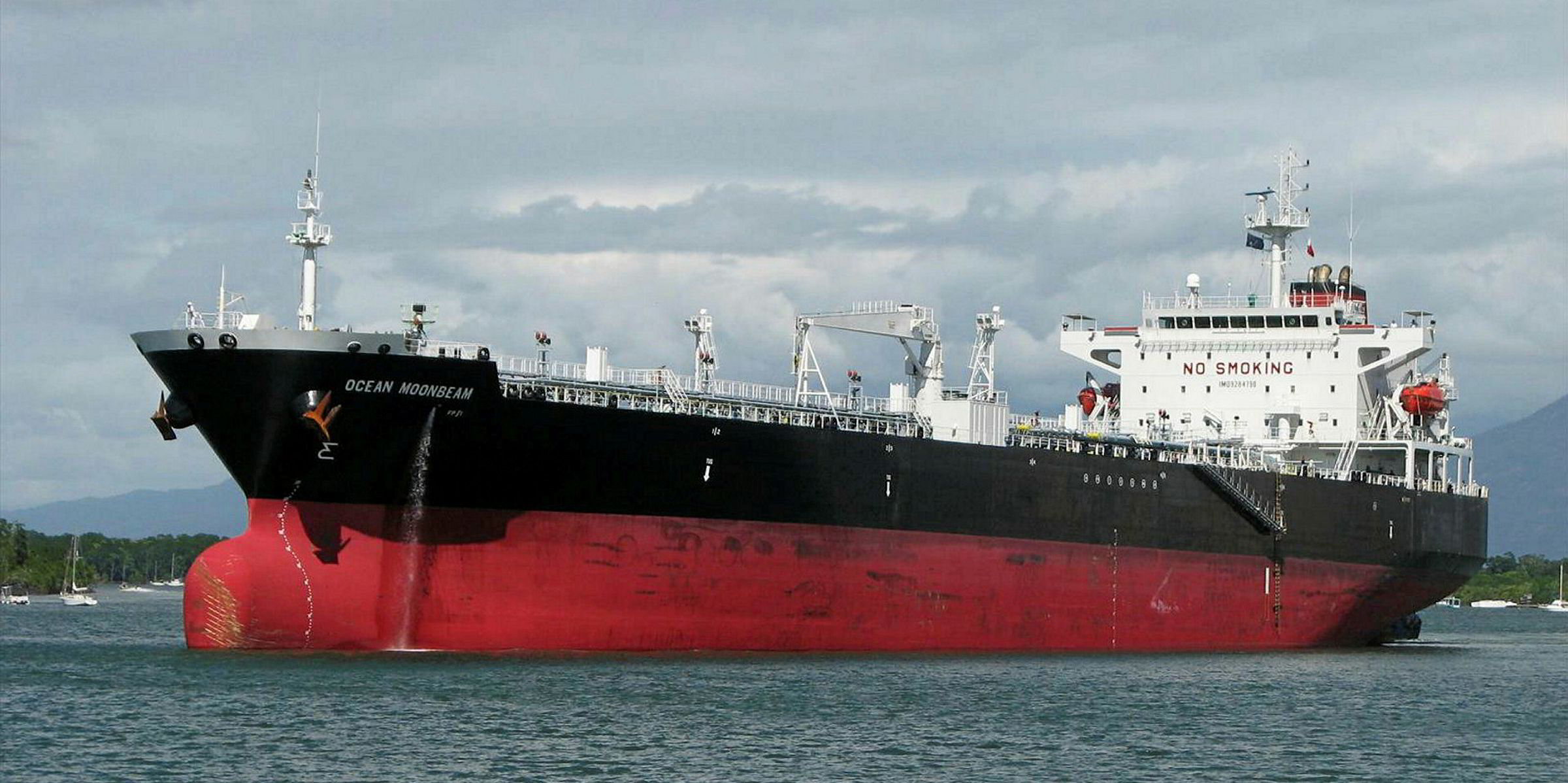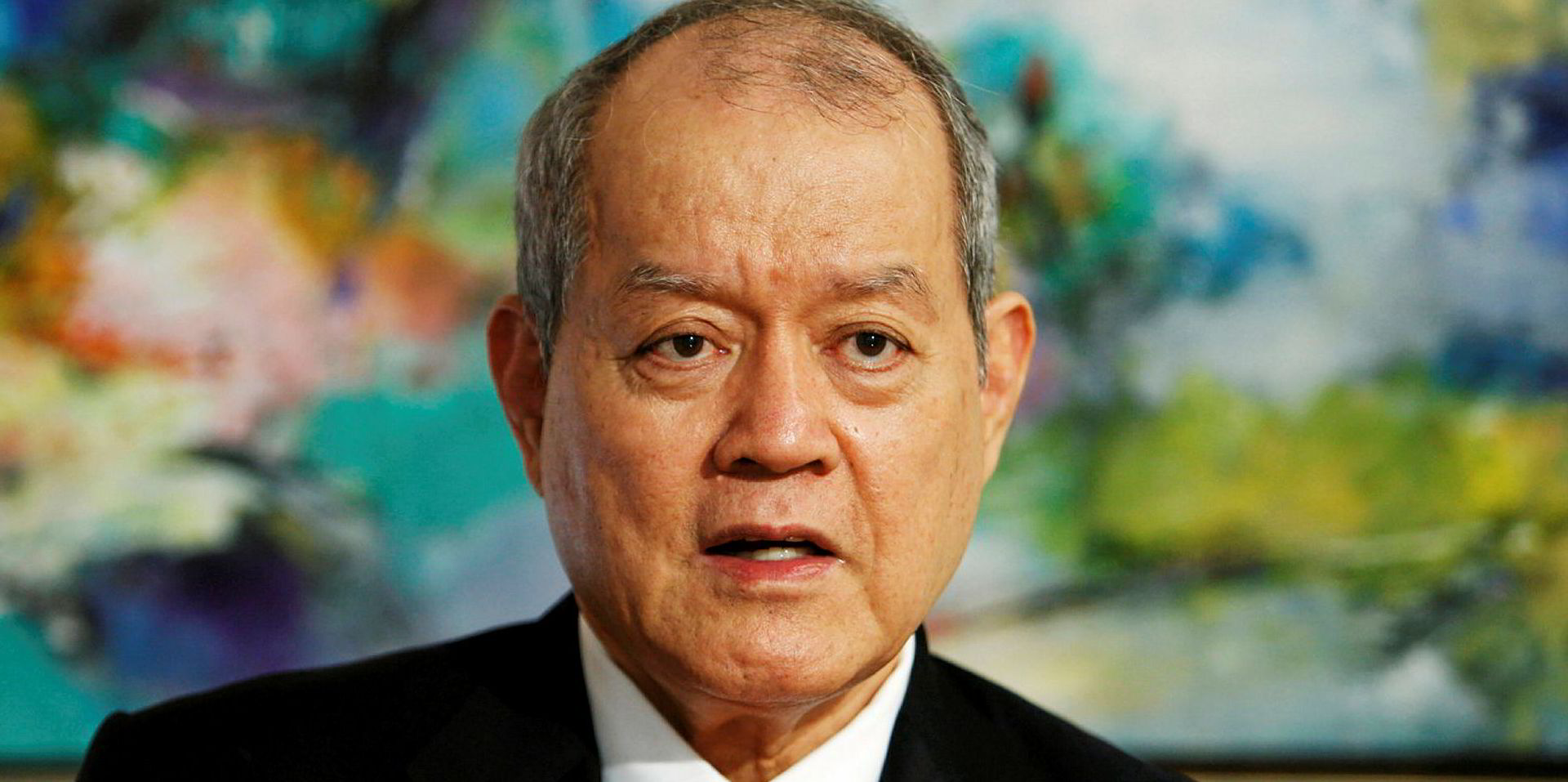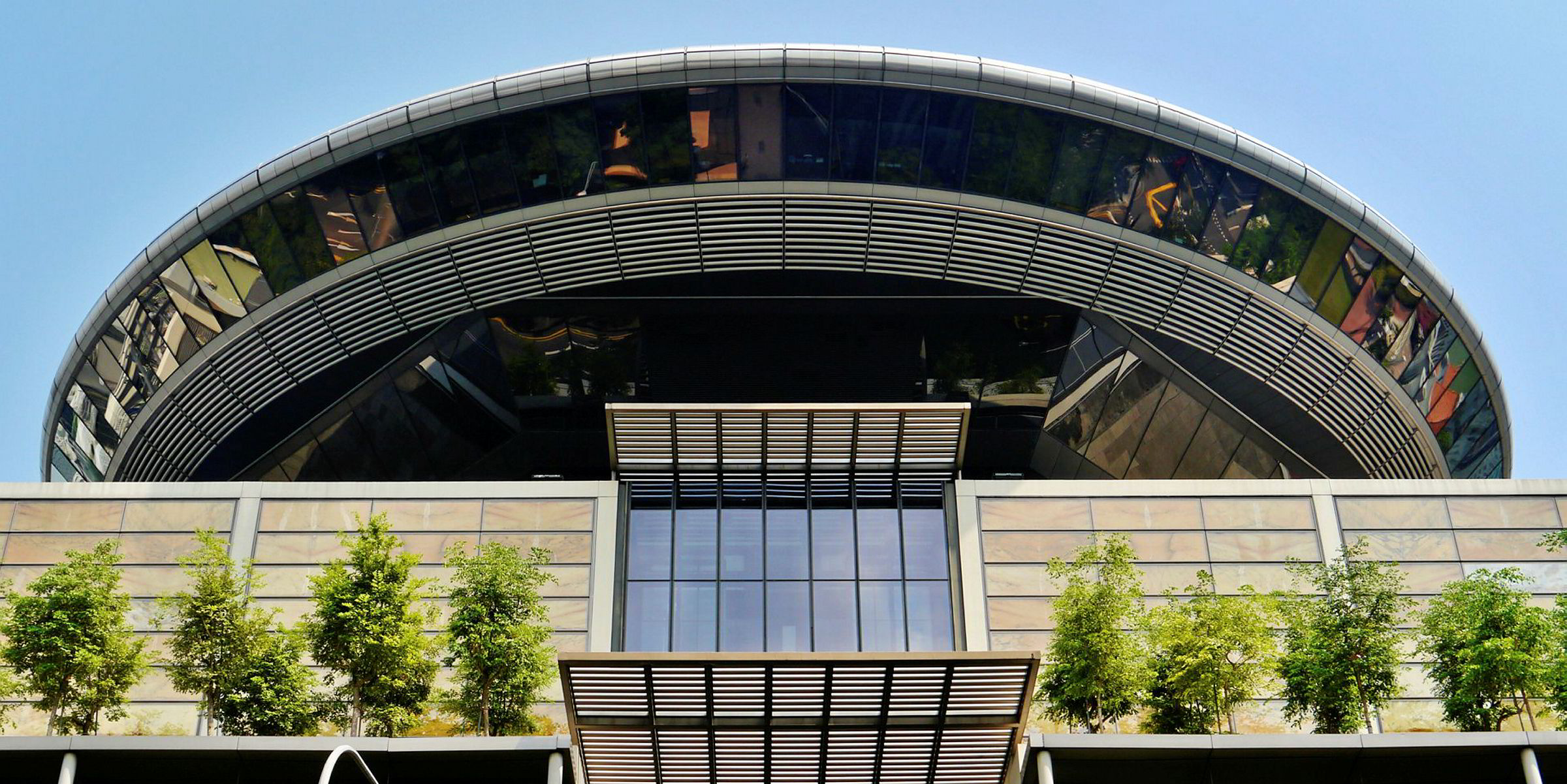Singapore’s Ocean Tankers has moved a large portion of its tanker fleet to remote anchorages to sit out the uncertainty surrounding its court-supervised restructuring efforts.
It has taken a significant slice of tonnage out of the South East Asian tanker market.
On Wednesday, TradeWinds, using vessel tracking portals, located the 79 tankers larger than 10,000 dwt in the Ocean Tankers fleet.
At least 44 of the company’s tankers are idle. The majority are anchored in the South China Sea beyond Malaysian territorial waters close to the eastern entrance of the Singapore Strait. Others are drifting deeper into the South China Sea or in the Indian Ocean.
Six of the company’s 18 VLCCs are still being used in storage roles, five of which are anchored off Tanjung Pelapas, a Malaysian port opposite Singapore. Oil industry sources said that at least four of these are storing oil for Shell.
Four VLCCs are still trading, six appear to be idle and the whereabouts of another two are unknown.
In the aframax segment, five are trading, while another is being used for storage. Five more are idle and the status of the remaining two could not be ascertained.
Ocean Tanker’s five LR1 product tankers remain something of an enigma. While two are anchored in the South China Sea, the activities of the remaining three are unknown.
Inactivity in the smaller size segments
Only five of the company’s 23 MR2 product tankers are active. The remaining 18 are idle. Similarly, only five of the small product tankers of between 10,000 dwt and 20,000 dwt are trading, with another 13 idle. Three could not be traced.
TradeWinds did not track the company’s numerous small coastal and bunker tankers smaller than 10,000 dwt.
When Ocean Tankers first filed for court protection in mid-April, it described itself as being a solvent company with a healthy cash balance, although it was at risk of being held accountable for in the region of $2.67bn for cargoes clandestinely sold by affiliated Hin Leong Trading, which was using its ships to either store or deliver fuel oil.
Chief executive Evan Lim said charters to entities other than Hin Leong formed 85% to 90% of all cargoes Ocean Tankers carried, and he feared its non-Hin Leong chartering activities would be severely affected if creditors took action against the company or its vessels.
Under court-appointed management, Ocean Tankers is protected from such creditor action. The question is why, even with that protection, has it sent more than half of its oceangoing tankers to the South China Sea?
Such a move is clearly costing it a fortune in lost income.
Based on figures provided by the company in its mid-April court affidavits, the combined profit of its fleet of vessels above 10,000 dwt would earn in the spot market in the region of $2.6m per day.
Charterers want clearer view
Tanker brokers in Singapore suggest that charterers are avoiding Ocean Tankers vessels, leaving the company with no choice but to leave them idle. They believe more vessels will be idled once they have completed voyage or time charters.
Other industry observers pointed out that the larger percentages of smaller tankers idled stems from Hin Leong’s oil trading activities being curtailed. These ships formed an integral part of the trader’s Asian distribution network.
It is unclear whether any of Ocean Tankers’ idled ships are still holding Hin Leong’s cargoes on board, although some market sources have suggested this may be the case. The company’s interim judicial managers were not available for comment on their status.
Executives from accounting firm PricewaterhouseCoopers have been appointed as interim judicial managers and have up to eight weeks to file a preliminary report that will include an assessment of whether the company can be restructured or rehabilitated.
Market sources suggested that until there is a clear direction given on the company’s future, it will struggle to find employment for its ships — an unfortunate situation given the high incomes that larger tankers are currently generating.
At the same time, keeping the fleet idle with full crews on board, along with the cost of having to replenish fuel and supplies at distant anchorages, will continue to eat into its dwindling cash reserves.
Type | Idle | Active | Storage | Unknown |
VLCC | 6 | 4 | 6 | 2 |
Aframax | 5 | 5 | 1 | 2 |
Panamax LR1 | 2 | 0 | 0 | 3 |
MR2 | 18 | 5 | 0 | 0 |
Small (above 10,000 dwt) | 13 | 5 | 0 | 3 |
TOTAL | 44 | 19 | 7 | 10 |







